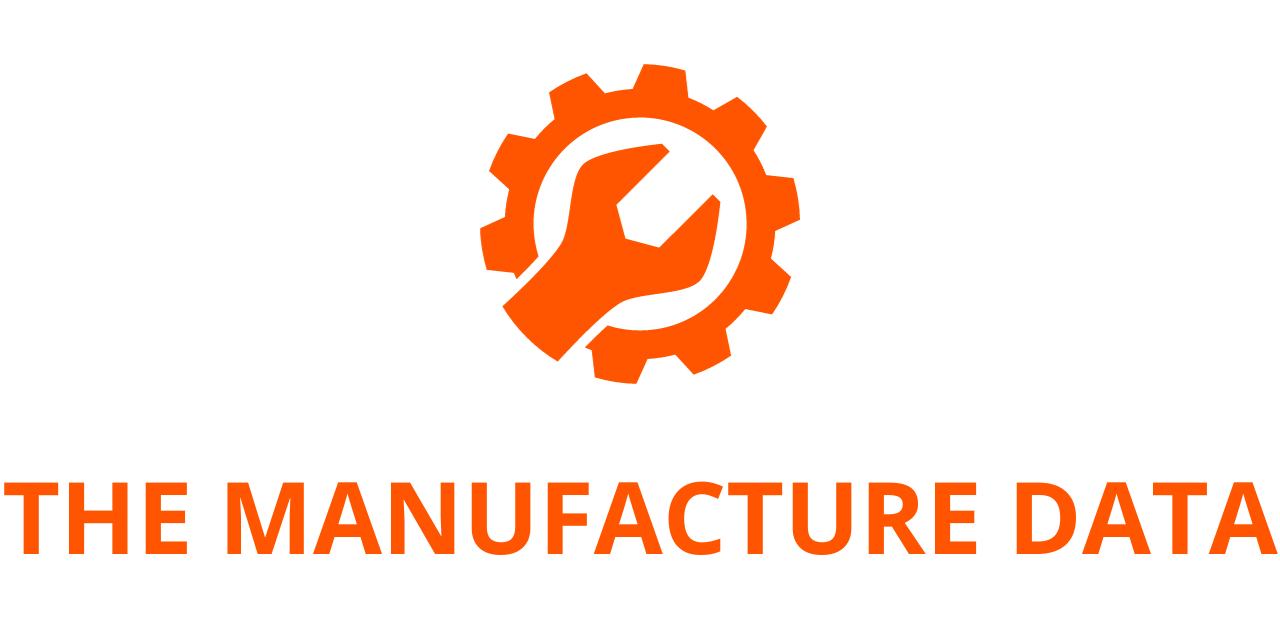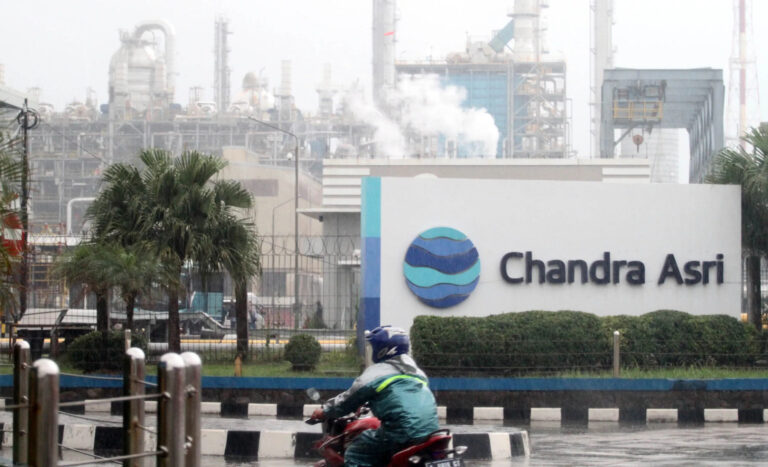
The global carbon fiber market is poised for significant expansion, with its size projected to increase from USD 5.48 billion in 2025 to USD 17.08 billion by 2035, reflecting a compound annual growth rate (CAGR) of 10.89% over the forecast period. This remarkable growth is being driven by the rising demand for lightweight, high-performance materials across multiple industries, as manufacturers seek solutions to enhance efficiency, durability, and sustainability.
Carbon fibers are ultra-thin strands, typically measuring between 5 to 10 micrometers in diameter, and consist primarily of carbon atoms. Among the three main high-performance fiber types available globally, carbon fiber is recognized for its exceptional strength and superior specific modulus, making it highly desirable for applications that demand both rigidity and minimal weight. These characteristics are fueling its adoption in sectors such as aerospace and defense, automotive, construction, sporting goods, and healthcare, among others.
Despite its higher cost compared to traditional metals, recent advances in composite technologies are making carbon fiber increasingly cost-effective. Innovations in fiber reinforcements, resin systems, and production techniques are driving wider acceptance of carbon fiber composites. These developments are enabling manufacturers to produce stronger, lighter, and more durable materials while controlling production costs, further boosting market growth.
A key factor supporting the expansion of the carbon fiber market is the global trend toward lightweight, energy-efficient solutions. In automotive and aerospace industries, reducing the weight of vehicles and aircraft translates directly to improved fuel efficiency and reduced emissions. This environmental and economic incentive is a major contributor to the anticipated growth of the carbon fiber market in the coming decade.
Carbon Fiber Market: Research Coverage
The market research report on carbon fiber provides comprehensive insights across multiple dimensions:
- Market Sizing and Opportunity Analysis: This includes detailed assessments of market segments based on raw material types, fiber types, product forms, applications, end-users, and regional distribution.
- Competitive Landscape: An evaluation of key companies operating in the market, considering factors such as founding year, company size, ownership structure, and headquarters location.
- Company Profiles: Extensive profiles of leading market players, detailing their global presence, management teams, product portfolios, financial performance, recent developments, and strategic outlooks.
- Megatrends: Analysis of long-term industry trends shaping the adoption and development of carbon fiber materials.
- Patent Analysis: Insight into patents filed or granted, highlighting innovation trends and leading contributors to technology advancement.
- Recent Developments: Overview of strategic initiatives, product launches, and market expansion efforts by prominent players.
- Porter’s Five Forces Analysis: Assessment of competitive forces, including threats from new entrants, bargaining power of buyers and suppliers, rivalry intensity, and substitute threats.
- SWOT Analysis: Evaluation of strengths, weaknesses, opportunities, and threats, including an impact assessment of each factor.
- Value Chain Analysis: Examination of the entire carbon fiber value chain, from raw material production to end-user applications.
Carbon Fiber Market: Key Segments
By Raw Material Type:
The market is primarily divided into PAN-based (polyacrylonitrile-based) and pitch-based carbon fibers. PAN-based fibers dominate due to their superior strength, lightweight characteristics, low thermal expansion, minimal moisture absorption, and efficient thermal conductivity. Their ease of processing also makes them a preferred choice across industries.
By Fiber Type:
The market is segmented into virgin carbon fiber and recycled carbon fiber. Recycled carbon fiber currently holds a significant share due to its cost advantages and comparable performance to virgin fibers. Its durability in extreme conditions and corrosion resistance make it increasingly attractive for industrial applications.
By Application:
Carbon fiber is largely used in composite forms, where it is combined with resins or other materials to enhance stiffness, strength-to-weight ratios, and overall performance. The composite segment accounts for the majority of market consumption, underscoring the versatility and functionality of carbon fiber materials in advanced engineering applications.
By End Users:
Key end-user sectors include aerospace and defense, wind and alternative energy, automotive, marine, sporting goods, medical, construction, and pressure vessel industries. The aviation, aerospace, and defense sector is currently the largest consumer of carbon fiber, as lightweight components are critical for fuel efficiency, payload optimization, and structural performance in aircraft.
By Geography:
Europe currently leads the carbon fiber market, driven by the presence of numerous electric vehicle manufacturers and the region’s focus on developing aviation infrastructure. Meanwhile, Asia is expected to exhibit the highest CAGR during the forecast period, supported by growing industrialization, automotive production, and aerospace expansion.
Leading Players in the Carbon Fiber Market
Prominent companies profiled in the market include Advanced Composites, Anshan Sinocarb Carbon Fibers, DowAksa, Formosa Plastics, Hexcel, Holding Company Composite, Hyosung Advanced Materials, Jiangsu Hengshen, Jilin Chemical Fiber, Mitsubishi Chemical, Nippon Graphite Fiber, SGL Carbon, Solvay, Teijin Limited, Toray Industries, Zhongfu Shenying Carbon, and ZOLTEK. These players are actively investing in R&D, production capacity expansion, and strategic partnerships to capture growing market opportunities.
In conclusion, the carbon fiber market is set for robust growth over the next decade, driven by increasing demand for lightweight, high-performance, and cost-effective materials across diverse sectors. Recycled carbon fiber is emerging as a particularly attractive solution, combining environmental benefits with strong mechanical performance, positioning the industry for sustainable expansion through 2035.




